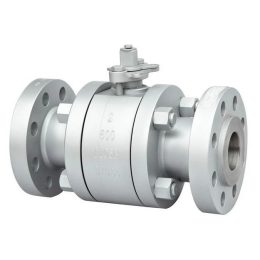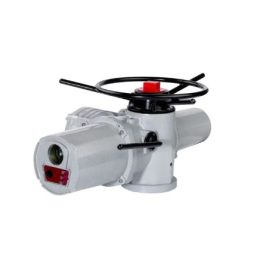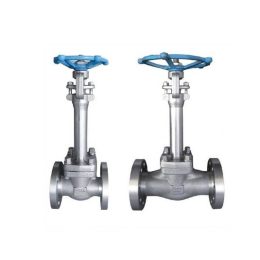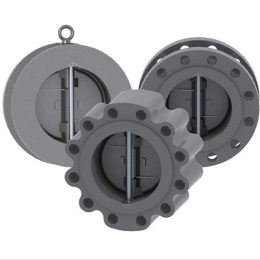How to Replace the Valve Flange Gasket
Valve flanges are used to connect valves, and a gasket is required between the flange and the flange. In this blog post, we will discuss how to replace the valve flange gasket.
Ready to Work
Before starting the replacement process, you need to gather the necessary materials and tools. You will need butter, cotton yarn, leak detector, sealing gasket, wrenches, and screwdrivers.
Steps
- Remove the flange connecting bolts, remove the valve or remove the leakage end pipe section. Remove the used gasket on the sealing surface.
- Choose a suitable gasket and apply a layer of butter evenly on both sides.
- Place the gasket on the sealing surface between the two flanges, align the center of the two flanges and the center of the bolt hole, install the bolts, tighten the nuts, and evenly tighten the nuts diagonally several times. It is advisable for the bolt to extend from the nut by 2 to 3 pitches. After the flange gasket is installed, it shall be qualified by the working pressure test without leakage.
Skills Requirement
When replacing the valve flange gasket, the following skills are required:
- Care should be taken to prevent damage to the flange.
- After completion, the tools should be cleaned and maintained.
Gasket Installation Points
When installing the gasket, the following points should be considered:
- Correctly Selected: The form, material, and size of flanges, bolts, and gaskets should be selected according to the operating conditions and the structure of the flange surface.
- Detailed Inspection: The quality of flanges, bolts, nuts, and gaskets should be carefully inspected before installation, and there should be no defects such as burrs, unevenness, and cracks. Carefully check the installation of flanges and pipes, and there should be no deviations, wrong openings, wrong holes, etc.
- Wash Cleanly: The flange sealing surface must be cleaned, and the bolts and gaskets must not be stained with impurities, oil, etc.
- Correct Installation: The gasket should be concentric with the pipe or fitting.
- Even on the Top: Install bolts and nuts with uniform force, and tighten them symmetrically in multiple times.
By following these steps and skills, you can replace the valve flange gasket with ease and ensure proper installation.
Conclusion
In conclusion, replacing the valve flange gasket requires proper tools, materials, and skills. It’s important to choose the right gasket and inspect the flanges, bolts, nuts, and gaskets before installation. Additionally, cleaning and maintaining tools after the replacement process is crucial. By following these guidelines, you can replace the valve flange gasket without any issues.



